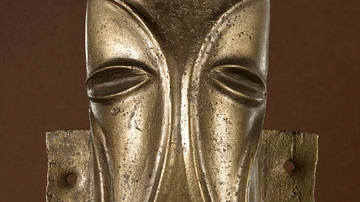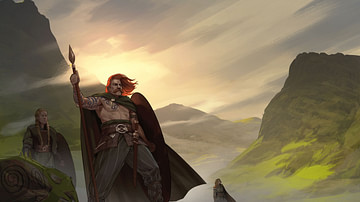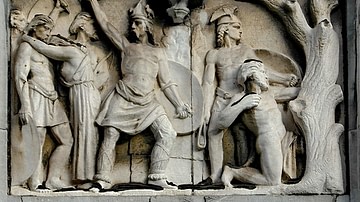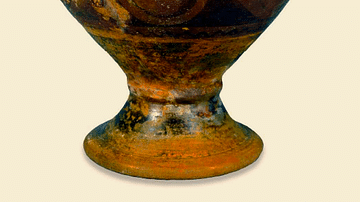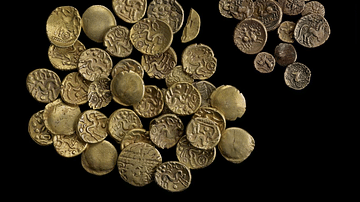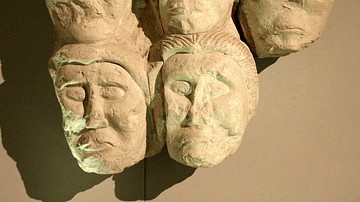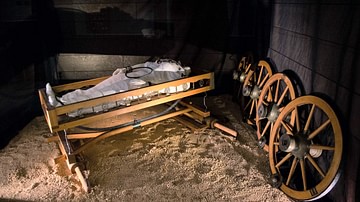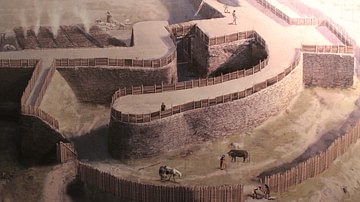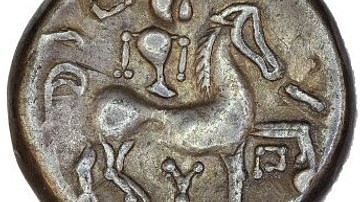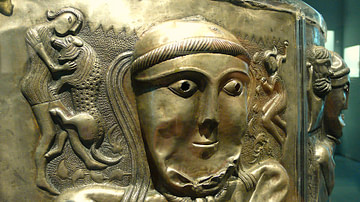In this collection, we examine in detail the Celtic peoples of ancient Europe. We look at their origins in central Europe with the Hallstatt and La Tène cultures, the warfare and migration of the Celts, their society, art, religious beliefs and how they interacted with each other and their neighbours.
One of the striking points of connection between many of the peoples of Iron Age Europe is their common language: Celtic. The Celtic language is a branch of the Indo-European language family. Scholars have divided Celtic languages into two groups: Insular Celtic and Continental Celtic. The latter group was no longer widely spoken after the Roman imperial period, and, unfortunately, the only surviving examples of it are mentions in the works of Greek and Roman writers and some short epigraphic remains such as pottery graffiti and votive and funerary stelae. The best documented of this group is Gaulish.




